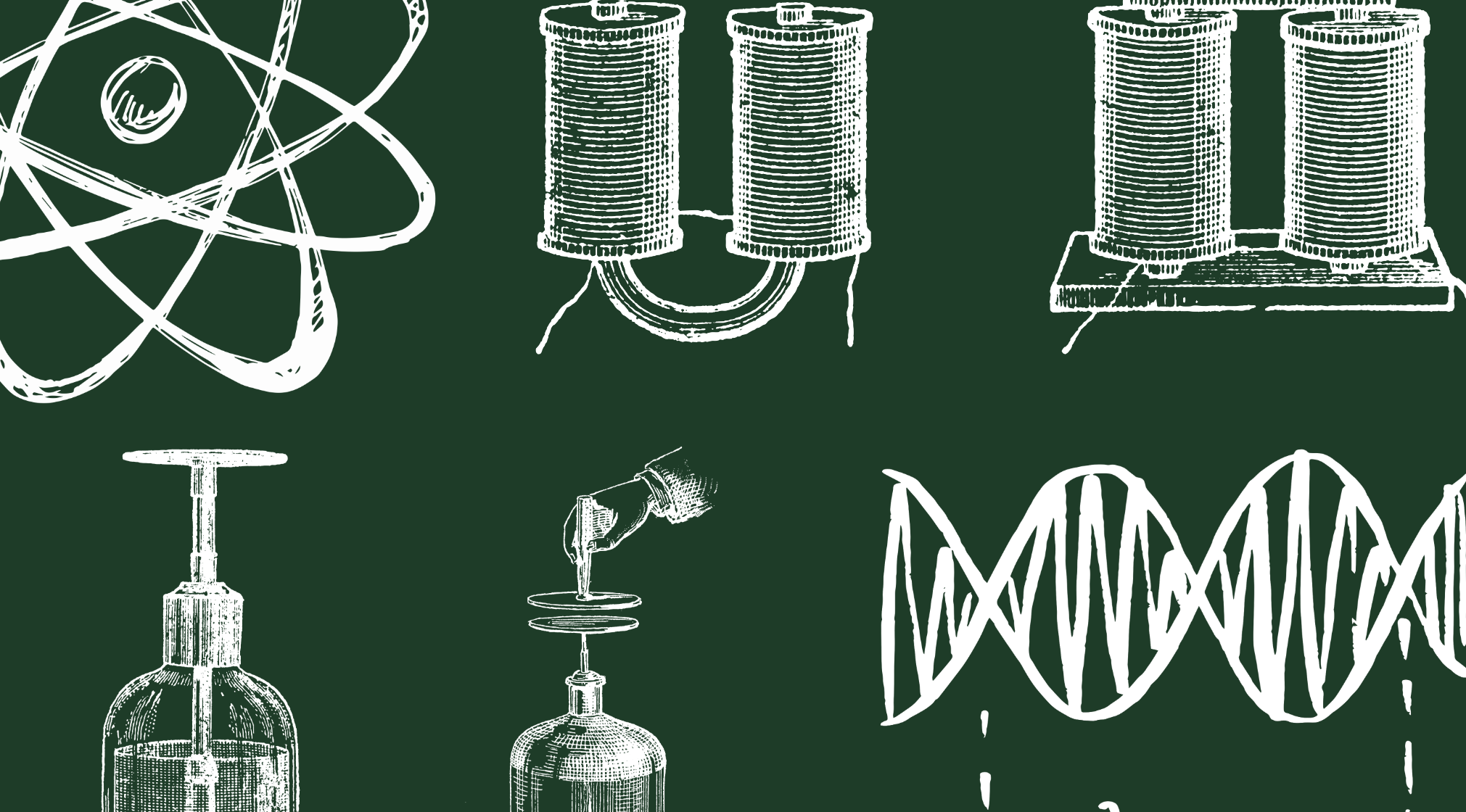
PHYSICS II
“You should relax. I failed several (CLASSES) and ended up a prof. The important thing is to improve your overall learning skills as you go - don't sweat the failure, but do learn from it.”
-SCI 86 (“RANDOM” REDDIT USER)
OVERVIEW
APSC 112, or Physics II, is an essential course that delves into some fundamental and fascinating areas of physics. You’ll start with waves and simple harmonic motion, exploring how phenomena like sound and the doppler effect. The course then moves into electricity and electromagnetism, covering the principles behind electric fields, magnetic fields, and circuits. These concepts are crucial for understanding everything from everyday electronic devices to complex engineering systems. The class combines theoretical lessons with practical applications, making it both engaging and informative. Whether you’re pursuing engineering or a related field, APSC 112 provides a solid foundation in these critical areas of physics. Although it may be considered one of the hardest classes in first year, you have so many resources to help you out.
Disclaimer: This website is not officially associated with Queen’s university or the engineering society in any way; it is an independent passion project assembled by upper years to help guide first years. The informatino presented may be outdated does not guarantee success in a specific course. Refer to the faculty of engineering’s official website for more information:

LAST YEAR’s STATS
MIDTERM 1
Midterm 1 is all about waves, simple harmonic motion, and point charges. Long answer questions included topics on Doppler effect, point charges arranged in a rectangle, and simple harmonic motion of a cross made up of two thin rods. Midterms don’t have a set amount of points for the marking system, but I would expect about 60-70% of the marks being long answer, and 20-40% of the marks being multiple choice.
LONG ANSWER WORST PRACTICE QUESTION (FOR ME): simple harmonic motion
Overall, this was considered a very good midterm with a high average for both the long answer and the multiple choice questions.
MIDTERM 2
Midterm 2 technically covers everything from the beginning of the course up until that point, but there is a heavy emphasis on electricity, power, CIRCUITS, and distributed charges. Very little to no electromagnetism will be covered in this midterm. Long answer questions typically covered resistance/power/current, a complex circuit diagram, integrating a given shape with distributed charges, complex wave questions, etc.. Circuits and integration are almost guaranteed to appear on a midterm (double check the name of the class if you’re so unsure). I felt like the distribution of marks is usually pretty similar to the first midterm.
LONG ANSWER WORST PRACTICE QUESTION (FOR ME): circuit diagram and integrating annulus
Overall, this was considered an average midterm, and the questions we had were EXACTLY what we expected. Mid 60s is considered a good average for a Physics II midterm.
FINAL EXAM
PRO TIP: If the averages on BOTH the midterms are good, it typically means the final is going to be pretty brutal. Physics II was our first final, but due to the heavy workload during exam week, it was extremely difficult to study each topic in-depth. If it wasn’t obvious, the final exam will cover everything in the course material with a BIG emphasis on electromagnetism (approx. 40% for long answer). Expect integration, simple harmonic motion and waves, magnetic flux, lots of circuits, and right hand rule.
LONG ANSWER WORST QUESTION (IN MY OPINION): simple harmonic motion and getting the right hand rules correctly.
You’ll often hear the profs say two things (these are not direct quotes haha):
“The final exam will generally anything in the course you haven’t been tested on already.” LOOK AT YOUR PREVIOUS MIDTERM QUESTIONS. Did they cover circuit diagrams? No? Then I think it’s very likely you’ll get a question about it on the final. Try and predict what topics will be on the final based on what you’ve already done.
“APSC 112 has had the same teaching team for a couple years now.” In other words, THEY ARE PREDICTABLE. One thing I love about the APSC 112 teaching team is that they loooove to recycle previous exam questions/tutorial questions. EVERY MIDTERM/EXAM we did had at least one tutorial question we’d covered. It is absolutely essential that you spend a significant amount of time reviewing tutorial questions.
Overall, this was a REALLY tough exam. In my exam hall, most people stayed until the very end. Looking back, I should have spent WAY more time on the multiple choice questions, because YOU CAN’T GET PART MARKS on MC questions. Meanwhile, on long answer, they tend to be pretty generous with part marks. We didn’t end up getting curved (from what I know), but our midterm/exam averages were pretty typical for an APSC 112 class.
ONLINE RESOURCES
ONLINE RESOURCES
In physics II, it’s absolutely essential you have some sort of visual of what you’re learning. The only channel you’ll ever really need is Physics Demos. I’ve arranged a bunch of demo videos to help you visualize these concepts:
RESISTOR DEMO (SERIES AND PARALLEL) WITH PHYSICS DEMOS
SHM AND OSCILLATIONS DEMO WITH PHYSICS DEMOS
MAGNETIC INDUCTION DEMO WITH PHYSICS DEMOS
STANDING WAVE DEMO WITH PHYSICS DEMOS
DOPPLER EFFECT EXPLAINED VISUALLY
HELP WITH THE ACTUAL MATH
ENERGY PROBLEMS WITH SHM
The actual math behind these concepts can be pretty tough. Here are some reliable YouTube channels and videos to help you out with this!
INTEGRATION EXAMPLE FOR A CHARGED ROD
BASIC MAGNETIC INDUCTION CALCULATIONS
DOPPLER EFFECT EXAMPLE WITH AMBULANCE
